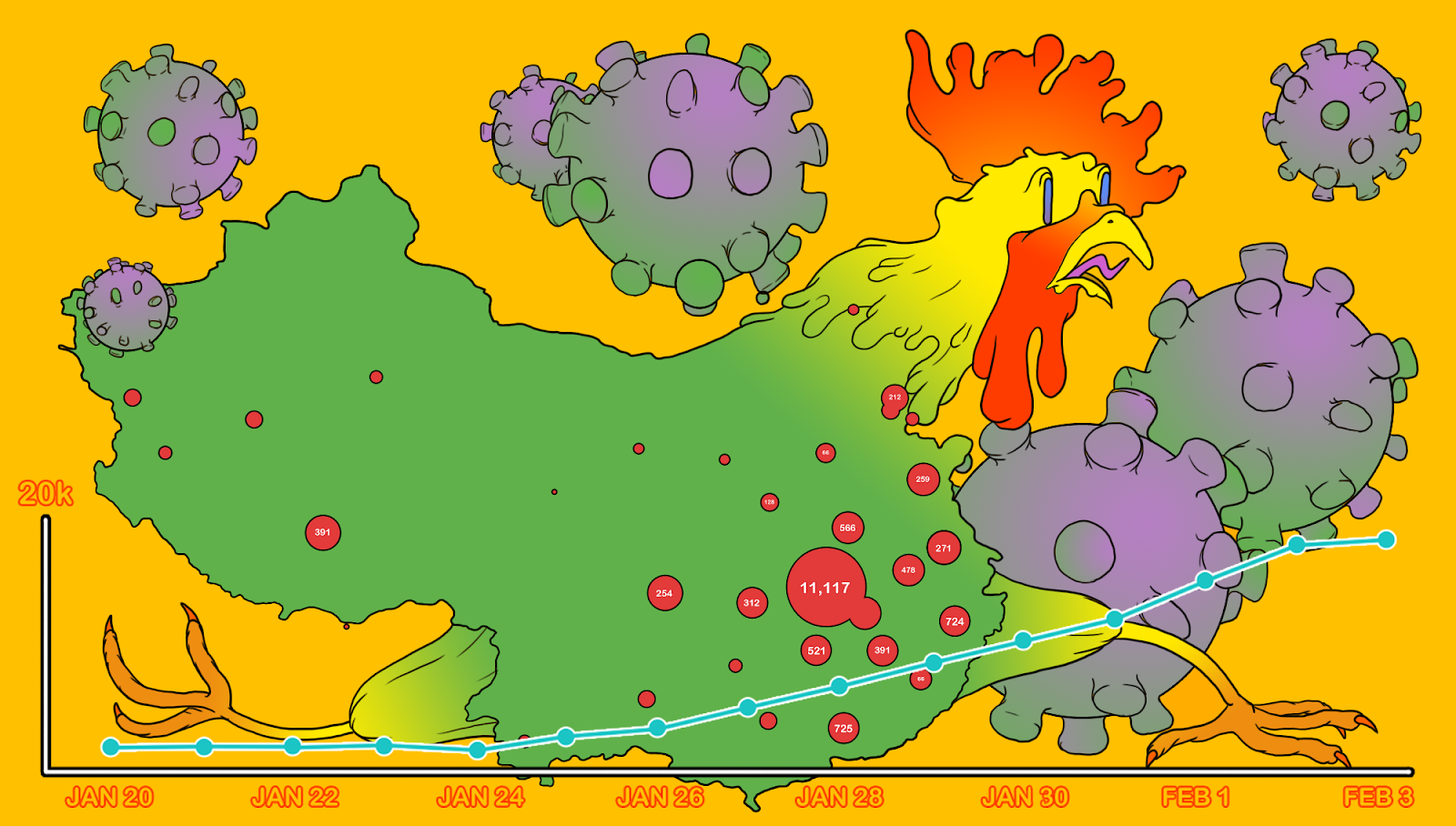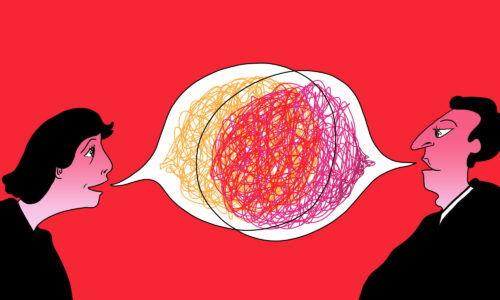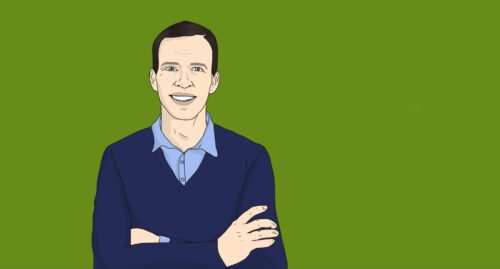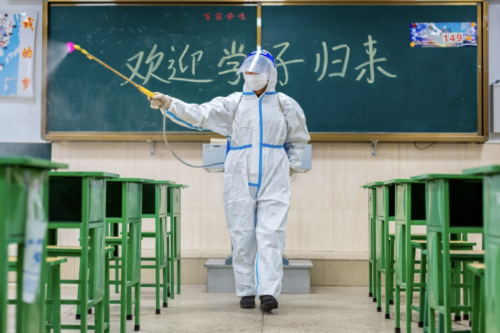Markets plunge as economic uncertainty spreads with the coronavirus


Photo credit: The China Project illustration by Derek Zheng.
After the World Health Organization’s declaration last Thursday that the 2019-nCoV outbreak originating in Wuhan, China, is a public health emergency, it feels like the entire world is preparing for a pandemic.
- As much as 80 percent of China’s economy remains shut this week, as at least 24 provinces, cities, and regional governments in China have extended the Lunar New Year holiday through February 10, according to CNBC. Major stock and commodity markets plunged as they opened on Monday, as summarized below in the “Market impacts” section.
- The first coronavirus death outside of China was reported in the Philippines, per the New York Times, as the total fatality count within China surged to 361, surpassing the 2003 SARS outbreak.
- “Dozens of countries” have put up travel bans, many following the lead of the U.S., limiting immigration across their borders to citizens only to contain the spread of the virus, Bloomberg reports via the SCMP. Singapore, Indonesia, the Philippines, Australia, New Zealand, India, the Maldives, North Korea, Mongolia, Papua New Guinea, and Israel are among those with the strictest bans on entry by non-citizens.
- Many more countries have put in place severe restrictions that fall short of a total ban, and nearly 10,000 flights from more than 20 airlines have been canceled in the past month, slowing cross-border migration with China to a trickle.
- No one is listening to the World Health Organization, which has repeatedly advised against extreme travel bans to deal with the spread of the coronavirus.
- China blamed the U.S. for “spreading fear” after it became one of the first countries to put in place a total ban on non-citizen travelers who had been in China, per the BBC. “It is precisely developed countries like the US with strong epidemic prevention capabilities…that have taken the lead in imposing excessive restrictions contrary to WHO recommendations,” a Chinese foreign ministry spokesperson said.
DON’T PANIC
While the current death toll of the coronavirus, 361 in China and 1 outside of China, is a tragedy and may seem alarming, it is actually a small amount compared with the total infected, which is over 17,000. There are other encouraging signs from the data, at least as it has been officially reported, per the New York Times:
The death toll from the new coronavirus has exceeded that of the severe acute respiratory syndrome outbreak in 2002 and 2003 in mainland China. But the number of people who have recovered nationwide has also risen in recent days, suggesting that the new virus’s fatality rate is relatively low.
China’s Health Commission reported on Sunday that there were 475 recoveries and 361 deaths nationwide. During the SARS outbreak, 349 people died in mainland China.
Health experts say they are encouraged by the steady rise in the number of recoveries. They take it as evidence that the treatments meted out have been effective and that the virus does not appear to be as deadly as SARS.
SARS had a mortality rate of 9.6 percent, and about 2 percent of those reported to have been infected with the new coronavirus have died.
Of course, skepticism needs to be applied to official data, especially because testing kits for the coronavirus are reportedly in short supply in Wuhan, meaning there could be significant numbers of undiagnosed or unreported cases skewing the data, the SCMP reports.
But if you are in the U.S. — or in many places outside of China — your “risk of catching flu is exponentially higher than catching the novel coronavirus,” Michael Ison, an infectious disease physician at Northwestern University, told NPR. Washing your hands remains the single best thing to do to remain safe against a variety of infectious illnesses, including the coronavirus and the flu.
The dire situation in Wuhan
The New York Times has written a “reconstruction of the crucial seven weeks between the appearance of the first symptoms in early December and the government’s decision to lock down the city, based on two dozen interviews with Wuhan residents, doctors and officials, on government statements and on Chinese media reports.” The comprehensive story “points to decisions that delayed a concerted public health offensive.”
The people of Wuhan are paying the price for political inaction and opacity from their leaders. See another NYT story from a reporter on the ground there: Coronavirus pummels Wuhan, a city short of supplies and overwhelmed.
The Washington Post also details political inaction that exacerbated the crisis: As coronavirus spread in critical early weeks, Chinese officials failed to raise the alarm.
More stories on the situation in Wuhan, and how China is reacting to it:
- China pledged to build a new hospital in 10 days. It’s close. / NYT (porous paywall)
- ‘Rumormonger’ doctor who raised the alarm says he has coronavirus / Sixth Tone
- Fury in China as footage appears to show officials taking doctors’ face masks / Guardian
- China reports outbreak of deadly bird flu among chickens in Hunan Province, close to coronavirus epicenter of Wuhan / SCMP
- Coronavirus: China shifts responsibility over medical supplies amid mask shortage, rising death toll / SCMP
- China to begin testing Ebola drug on coronavirus patients / Sixth Tone
- Woman infected with coronavirus in northeast China gives birth to healthy baby / China Daily via Straits Times
Market impacts
Not surprisingly, Chinese financial markets saw a marked drop on Monday as they reopened after the Lunar New Year holiday break. Caixin summarizes:
The benchmark Shanghai Composite Index dropped nearly 9% when trading resumed after a Lunar New Year pause that saw markets last trade on Jan. 23. It came back slightly during the trading day to close down 7.7%. The Shenzhen Component Index closed down 8.5%.
Hong Kong’s benchmark Hang Seng Index had shed 5.7% in the three days after trading resumed last Wednesday following the city’s shorter Lunar New Year break.
Commodities markets also dropped today. Per Bloomberg via Caixin: “Metals, energy and agriculture futures were all hammered, with China’s benchmark iron ore contract falling by its daily limit of 8%. Copper, crude and palm oil also sank by the maximum allowed, while shares in commodity producers tumbled as stock markets reopened.”
“Officials of some of the world’s largest oil producers are scrambling to stem a sharp fall in prices over concerns that the growing coronavirus epidemic will hit demand from China, the biggest importer,” the New York Times reports.
However, “if the current situation holds steady and containment is effective over the next two to three weeks, then fears will likely abate, minimizing the impact on the economy,” writes Houze Song at MacroPolo. “Of course, if this core assumption changes dramatically, then this assessment of economic impact will need to be revisited.”
What’s next?
As we noted last week, prominent Chinese respiratory expert Zhōng Nánshān 钟南山 is one of several health officials in China who have predicted that the coronavirus will reach its peak around February 8.
Xi Chen, an assistant professor at the Yale School of Public Health, compiled three scenarios for the peak of the virus spread in a chart. Simon Rabinovitch, a correspondent for the Economist, annotated the chart in English:
https://twitter.com/S_Rabinovitch/status/1223614026464153601
The available data shows that while the most optimistic scenario of 20,000 maximum infections seems unlikely, the scenario laid out by Zhong is still possible — though the scenarios do not diverge much until later this week. We will have to wait to find out.
—Lucas Niewenhuis






